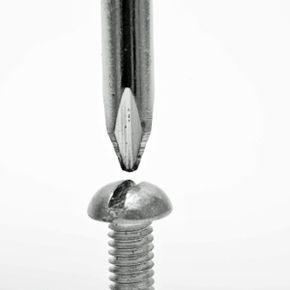The lure of an inexpensive, classic old house in need of repair is tough for some people to resist. The act of restoring an old home to its former grandeur is a rewarding experience, and getting a great deal is the icing on the cake. Not only do you get a home you can really call you own, but you're helping to preserve history and ensure that the house will last for years to come. A nationwide phone survey in the United States found that 41 percent of homeowners will be doing some kind of remodeling in 2009. Sixteen percent of those surveyed plan to add an additional room to their home and three out of four plan to do it themselves [source: On The House]. But renovating a house isn't easy, quick or cheap.
If you're a skilled carpenter or a licensed plumber or electrician, you can really save some money by doing things yourself. In the second tier of DIY-ers, you have the capable nonprofessional. This renovator probably has a nice cache of tools and can also save some money by going the DIY route. But there may be some delays, errors and additional costs. The third group is the new renovator. This person has hung some drywall, slapped some paint on the wall here and there and owns only the tools that can fit in a toolbox. After a trip to the hardware store to purchase some sparkly new drills and saws, the newbie begins a long, costly and challenging process known as home renovation.
Advertisement



